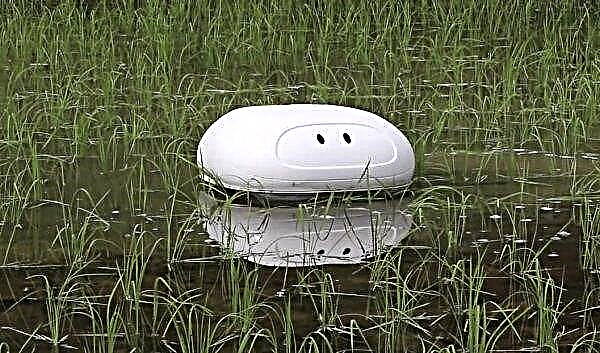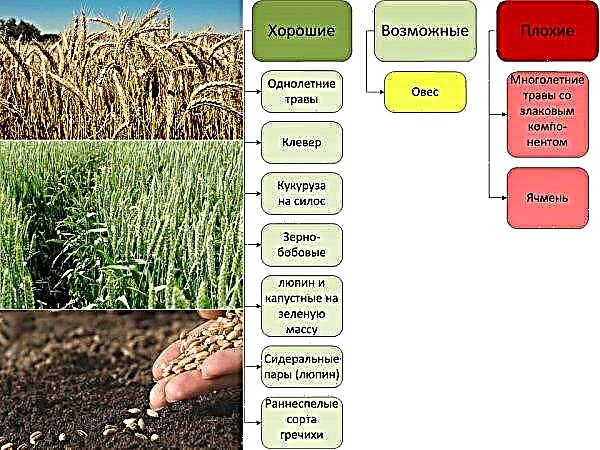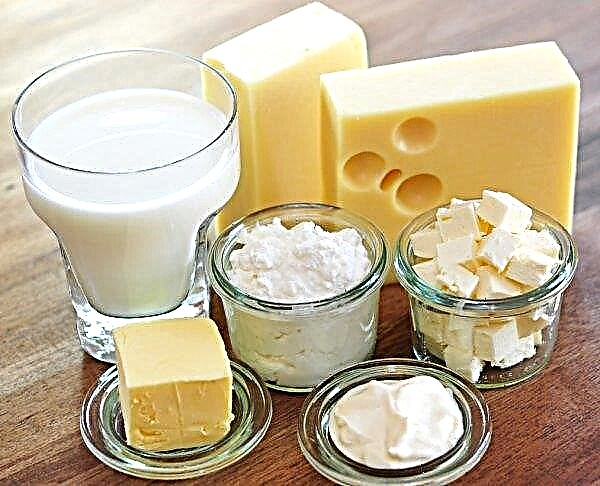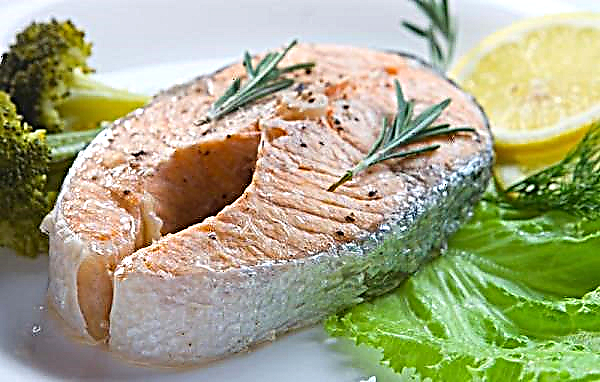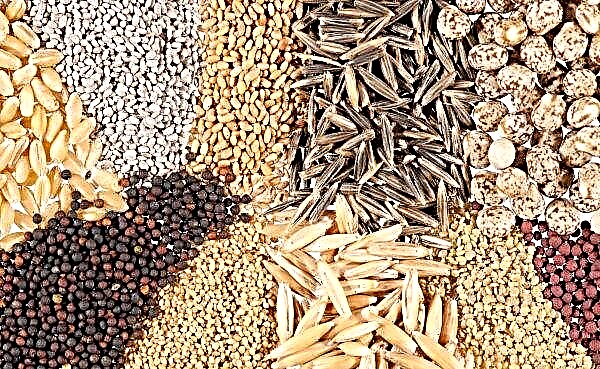Marinating cabbage is quick and easy. Even a novice can handle this appetizer. Some recipes require the addition of aspirin. For what purpose this ingredient is introduced and how to do it right - you will find the answers to these questions in the article.
Why is aspirin needed when pickling cabbage?
For pickling and preserving, a preservative is necessary, which allows you to preserve the taste of the snack and extend its shelf life by preventing the growth of harmful bacteria and fungi.
Did you know? Both the cultivation and pickling, sauerkraut are affected by the lunar phases. It is believed that the most delicious pickled vegetable is obtained if it is cooked in the phases of the growing moon, when the Earth’s satellite is in the constellations Aries, Taurus, Capricorn, as well as on “men's days”: Monday, Tuesday, Thursday.
In winter sunsets, natural preservatives are most often used, for example, salt, acetic, citric acid, sugar, honey, vegetable oil. However, there are recipes for pickling and canning, in which it is proposed to add tablets of acetylsalicylic acid (aspirin).

The introduction of this component leads to the fact that the pickled snack does not become moldy for a long time, fermentation processes do not start in it, the vegetable retains a crispy structure and attractive color.
In addition, with such an additive, the process of preparing canned food is accelerated, since there is no need to sterilize containers and lids. Such a product can be stored at room temperature.
Selection and preparation of ingredients
For harvesting for the winter, you should choose dense cabbage with a creak when squeezing, with white top leaves weighing about 5 kg, mid-ripening or late varieties. Damaged heads should be discarded, with signs of rot, frostbite, with spots. Do not take cabbage for pickling early, Dutch and Chinese varieties, as well as hybrid specimens.
Did you know? The documentary sources that have survived to this day contain information that the cabbage fed the workers who built the Great Wall of China (3rd century BC).
Pickled cabbage recipes with aspirin in a jar
Marinating vegetables with aspirin can be done in two ways: hot and cold. Seaming is done in liter or three-liter jars.
Hot way

1 can per 1 liter 1 hour
cabbage
1 small head of cabbage
Energy value per 100 g:
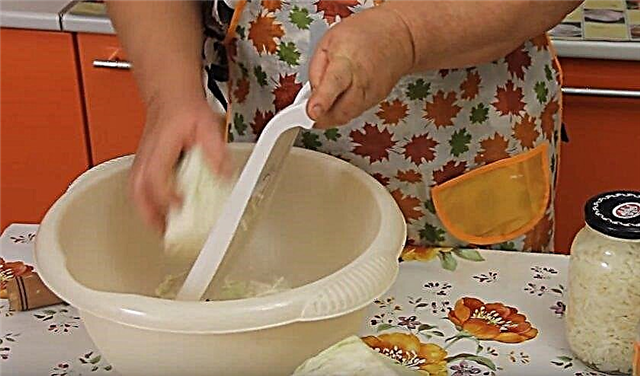 Chop the cabbage. Boil water.
Chop the cabbage. Boil water.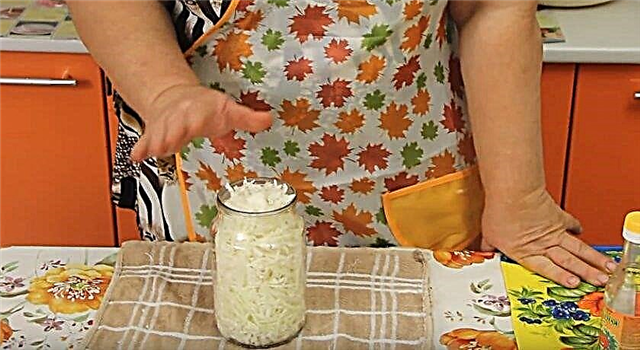 Fill sterile jars with chopped vegetables to the top, slightly condensing.
Fill sterile jars with chopped vegetables to the top, slightly condensing.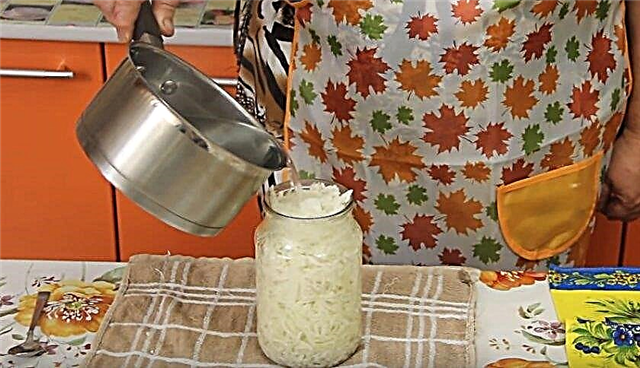 Add aspirin. Pour boiling water.
Add aspirin. Pour boiling water.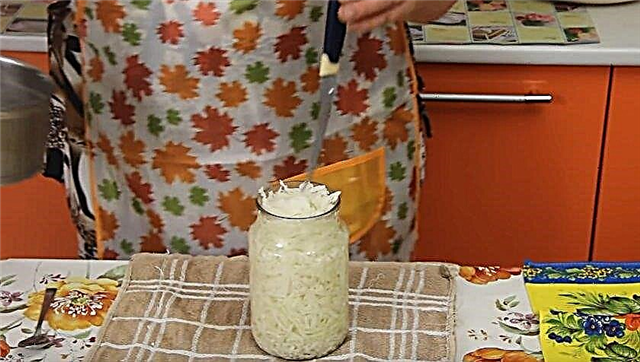 Pierce the vegetable with a knife or fork.
Pierce the vegetable with a knife or fork. Add boiling water to the top of the jar.
Add boiling water to the top of the jar. Roll up the jar with a sterilized lid.
Roll up the jar with a sterilized lid.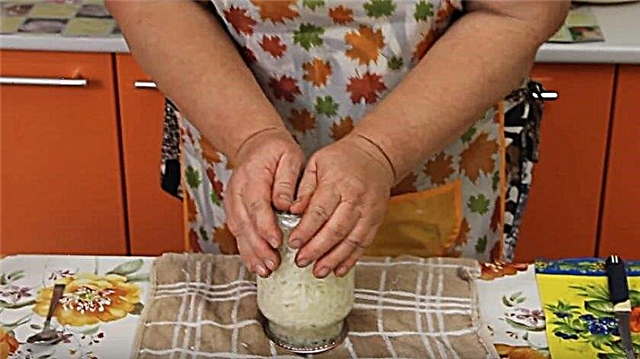 Turn the container down with its neck. Wrap in a blanket or blanket. After cooling, put in storage.
Turn the container down with its neck. Wrap in a blanket or blanket. After cooling, put in storage.
Video recipe
Hot way
Important! When pickling cabbage in a hot way, aspirin can be replaced with acetic (70%) or citric acid.
Cold way

3 cans per 3 l1–1.5 h
cabbage
3-4 medium-sized forks
black peppercorns
10 pieces.
aspirin
2 pcs. on one can
Energy value per 100 g:
- Grind washed cabbage with a shredder or knife.
- Wash, peel and grate carrots on a coarse grater.
- Mix vegetables.
- Prepare the marinade: pour salt, sugar, spices into the water, boil, add vinegar.
- To decompose vegetables in sterilized jars to half.
- Add 1 tablet of aspirin.
- Fill the containers with vegetables to the top, tamping them well.
- Add another aspirin tablet.
- Pour the vegetables with a completely cooled marinade, under the neck.
- Cover the jars with lids and leave them at room temperature for 12 hours, periodically piercing the vegetable mixture with a stick to the bottom.
- Roll up tin or close with nylon covers.

Storage Features
Pickled appetizer should be stored in the basement, on the balcony or refrigerator at a temperature of 0 ° ... + 3 ° C in a glass, tightly closed container. Under such conditions, it can be stored until spring. If the pickled dish is planned to be used for the filling, then for the long-term storage it can be frozen.
Thus, pickling cabbage for the winter can be easily and simply by adding aspirin to it as a preservative. This component will allow you to keep the appetizing appearance of the snack, significantly extend its shelf life and reduce the risk of quick spoilage as a result of the lid swelling.Important! A product prepared in compliance with canning technology can be stored in room conditions in the absence of sunlight, dampness and high temperatures, up to six months.

 Chop the cabbage. Boil water.
Chop the cabbage. Boil water. Fill sterile jars with chopped vegetables to the top, slightly condensing.
Fill sterile jars with chopped vegetables to the top, slightly condensing. Add aspirin. Pour boiling water.
Add aspirin. Pour boiling water. Pierce the vegetable with a knife or fork.
Pierce the vegetable with a knife or fork. Add boiling water to the top of the jar.
Add boiling water to the top of the jar. Roll up the jar with a sterilized lid.
Roll up the jar with a sterilized lid. Turn the container down with its neck. Wrap in a blanket or blanket. After cooling, put in storage.
Turn the container down with its neck. Wrap in a blanket or blanket. After cooling, put in storage.